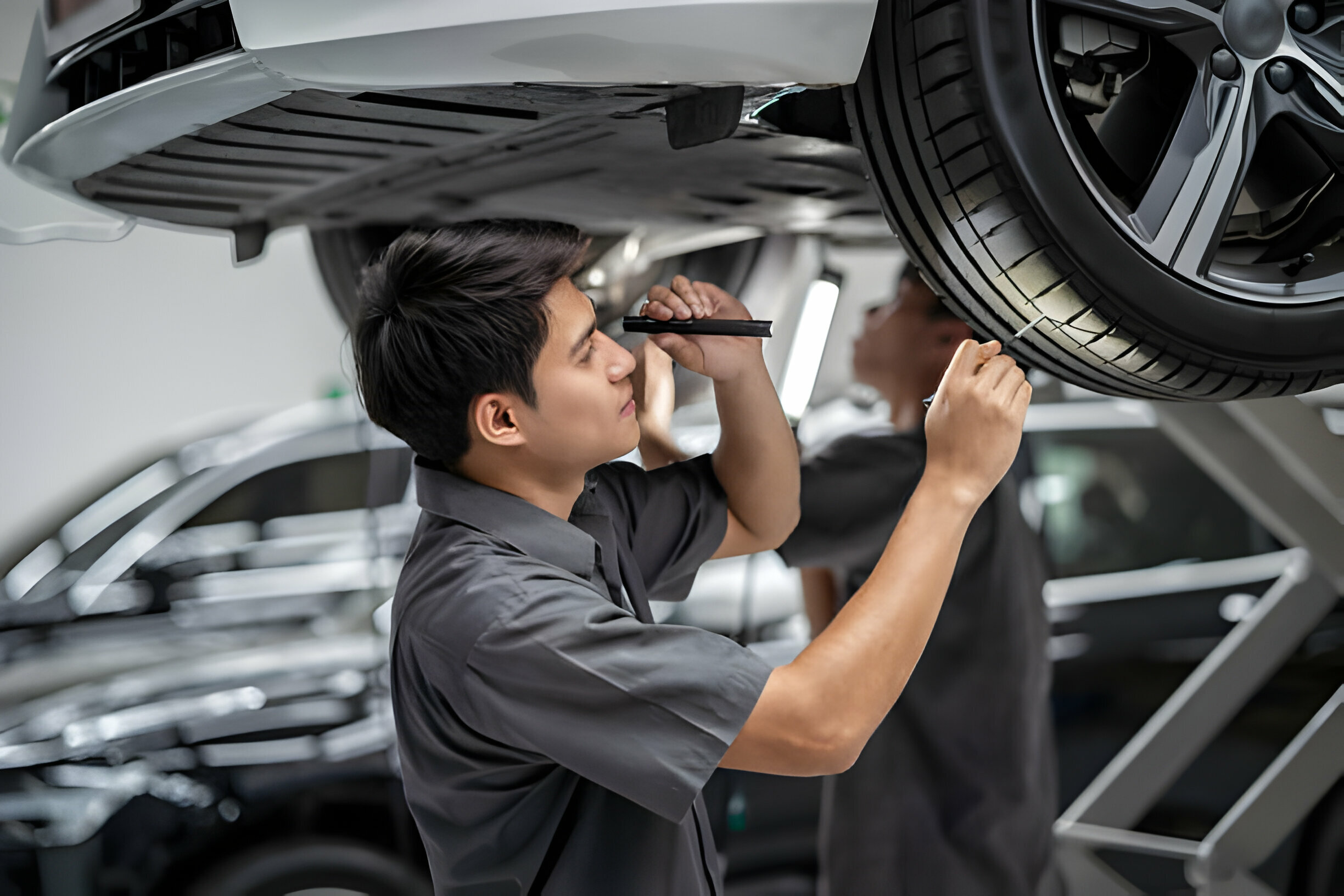
Your tire is one of the critical elements of your vehicle! An affected tire can significantly impact the ride quality, mileage, and your beloved machine. Whether you drive it daily, weekly, or once a month, it’s essential to inspect your tire at regular intervals.
In this blog, we take a closer look at why every vehicle owner must inspect their tires. So continue reading as we learn more about why you should check your tires and when to visit your nearest 24-hour tire shop in Atlanta in the following sections.
What is A Tire Safety Inspection?
The procedure of examining a tire’s condition to ensure it is safe for use is known as a tire safety inspection. This examination includes checking the tread depth, ensuring the tire pressure is proper, and looking for apparent damage on the tire, such as cuts or punctures.
A tire safety inspection aims to find any problems that can endanger the motorist’s or other passengers’ safety while driving. Frequent tire checkups at Atlanta Tire Repair will help your tires last longer and lower the chance of tire failure-related incidents.
We suggest you visit a qualified technician or call Mobile Tire Repair in Atlanta to test your tires at least once a year or whenever you suspect a problem with your tires.
How Often Should You Inspect Your Tires?
Regarding tire safety inspections, we suggest doing it at least once a month to ensure your tires are in good condition. You should also get your tires evaluated by a professional technician at a tire shop open 24 hours, at least once a year, or whenever you notice a problem with them. It’s vital to remember that frequent tire safety checks can help extend the life of your tire and lessen the chance of a tire failure-related mishap.
If you detect any strange wear patterns or if your tires are more than six years old, you should get them evaluated by a specialist in tire repair in Atlanta. Additionally, after any lengthy travels or prolonged use, you should examine your tires for any signs of deterioration to ensure safety.
Importance of Tire Safety Inspections?
Regular tire safety checks guarantee that your tires are in good condition and safe to use. Tires can wear out over time, affecting their road performance. Worn tires can pose a substantial safety concern because they increase the likelihood of accidents caused by tire breakdown or lack of traction.
Frequent tire safety inspections can assist in identifying tire issues before they pose a risk to your safety. Frequent tire safety checks can also assist in keeping your tires from wearing out too soon.
By diagnosing and repairing any concerns early on, you may help extend the life of your tires and save money in the long run. You could also swap your current set with used tires in Atlanta to ensure your vehicle is well-maintained for different seasons while giving you increased gas mileage and a more comfortable ride.
How to Conduct Tire Safety Checks?
When doing a tire safety check, following some fixed steps can help you through the procedure. It is usually beneficial to follow certain steps as it ensures that your tire checks are safe and you won’t need to query Google for “mobile tires near me.”
Having said that here are the measures you should take while doing tire safety inspections:
Step 1 – Visual Inspection:
First, visually inspect the tires for damage, including cuts, cracks, bulges, or punctures. Examine the tread area, the sidewalls, and the space between the treads.
Step 2 – Check Tread Depth:
Next, use a tread depth gauge or the penny test to determine the tread depth. Replacing your tires may be harmful and necessary if the tread depth is less than 2/32 inches.
Step 3 – Check Tire Pressure:
To check the tire pressure, use a tire pressure gauge. Ensure the tires are inflated properly, as indicated by the sticker in the driver’s door jamb or the owner’s handbook.
Step 4 – Check for Uneven Wear:
By running your hands down the tread surface and feeling for inverted treads, uneven patterns, or bare areas, you may check the tires for uneven tire wear. Bald patches indicate suspension issues, under- or over-inflation, and misaligned wheels.
Step 5 – Inspect Valve Stems:
Inspect the valve stems for fractures, splits, leaks, and other damage. If a valve stem is damaged, it must be replaced.
Repeat the methods above for all four tires. Inspect your spare tire as well!
Regular tire safety inspections will help maintain your car in good condition and increase the life of your tires. Examining your tires ensures that they remain roadworthy and that your vehicle operates safely. If you discover any problems, get them evaluated and repaired by a professional.
Inspect Your Tire Regularly for A Long Life!
Regular tire safety checks are an essential component of vehicle maintenance. A professional technician can assist you in discovering any problems with your tires and advise you on how to manage them over time.
Keeping your tires in good condition can assist in maintaining your own and others’ safety on the road and save you from querying the internet for a “24/7 tire shop near me.”
